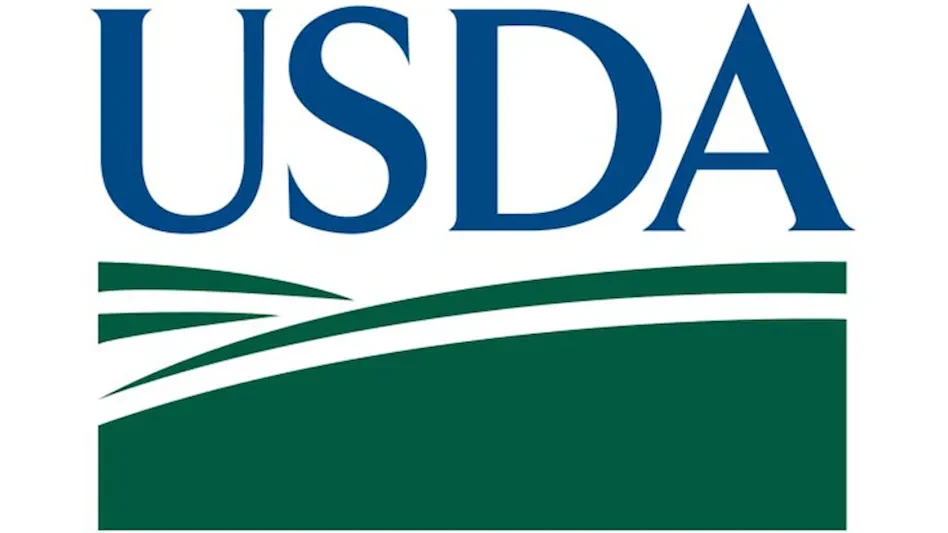
Some of the more difficult pest control challenges in food facilities involve flies, both large and small. There are no two situations that are exactly alike, and it is critical that the fly species be identified because the biology of each provides clues as to the source and best practices for prevention and elimination. But there are a number of commonalities in control for any pest fly. This article discusses non-chemical strategies and insecticidal controls that can be applied in food facilities, as adapted from the chapter “Strategies for Managing Fly Infestations” of the PCT Field Guide for the Management of Structure-Infesting Flies (2nd Edition) by Stoy A. Hedges (GIE Media, Spring 2020).
NON-CHEMICAL STRATEGIES

Sanitation. Good sanitation practices, both indoors and outdoors, comprise the foremost step in long-term management of most fly infestations. This is especially true for infestations of small flies, such as fruit flies and phorid flies, inside buildings. If inadequate cleaning practices allow the accumulation of moist organic debris, these flies can breed in large numbers throughout a facility. Regular cleaning and attention to areas where breeding sources are most likely to occur lead to prevention of future infestations of these flies.
Sanitation also plays a major role in managing filth flies such as the house fly and blow flies. Poor sanitation in outdoor areas as well as poor trash handling practices can attract these flies in large numbers to the vicinity of a building. The more flies that are near a building, the greater the probability that flies could enter. For this reason, exterior sanitation is an important factor that should be examined when dealing with filth fly infestations.

Bacterial Cleaning Products. Either mixed with water or applied directly as a ready-to-use pressurized foam, bacterial cleaning products consume the organic materials being used by flies for breeding. Depending on the product, the bacteria are applied in mopping activities, when cleaning floors with a hose, by pouring down the drain, or with a compressed air sprayer/foamer directly to problematic areas or dumpsters and trash receptacles where flies may be breeding.
It is important to note that chemical-based cleaners must not be used in the same sites that bacterial products are employed, as that will kill the bacteria, thus rendering the bacterial cleaner ineffective.

Exclusion. Even when good sanitation practices are followed outdoors, filth flies (and other flying insects) can enter buildings if doors are propped open, door and window screens are not in place, or cracks are present in the exterior of the building. Keeping flies out by excluding them is the most effective measure to control filth flies inside buildings. Doors and windows must be kept closed at all times unless proper screens are in place.
Depending on the fly involved, the screens installed in doors, windows, and over vents may need to be closely examined. For example, some commercial facilities located near ponds, lakes, rivers, and marshes can be plagued with tiny flies and midges which breed in these bodies of water. If the mesh size of the screening is too large, these tiny insects can enter structures with ease. The screens on all openings may need to be changed to a smaller mesh size. Flies can squeeze through some amazingly small cracks to enter a building.

Once attracted to a building by food odors or warm/cool air currents, flies will enter cracks around doors and windows. As many cracks as possible in the exterior of the structure should be sealed with a shrink-resistant sealant.
Weatherstripping along all edges of doors should be in good condition and allow no space through which flies could enter. In commercial buildings with double entry doors, the vertical crack between the doors is often not excluded by weatherstripping, thereby allowing flies and other insects to enter.
Air doors are often installed in larger commercial facilities. To be effective, these must be installed so as to project a continuous current of air away from the entryway with such force that insects cannot enter.
Air doors are most effective where air pressure remains constant, thus an ideal location is a doorway which leads from a warehouse area into a production area of a food plant. The air door’s air current can be adjusted, providing reasonable assurance of excluding flying insects from these locations at all times.
Lighting. Although most pest flies are daytime fliers, outdoor lighting at night can be a factor in some situations. Many of the same problems caused by flies in the daytime are multiplied by nighttime-flying insects. For this reason, it is always a good idea to examine the specifications of exterior lighting on your building to determine if it might create problems for a particular facility.
Mercury vapor and metal halide bulbs emit white light that is in the nanometer (nm) range most attractive to insects. Facilities with this type of lighting generally have huge numbers of night-flying insects attracted to buildings, making entry more likely.

Additionally, attracting flying insects in larger numbers increases problems with spiders which feed on the insects. Switching lighting to sodium vapor bulbs or lamps attracts far fewer insects and yellow filters can be installed on the glass/plastic covers on exterior lights which helps to filter out most of the light wavelengths attractive to flying insects.

Other types of traps have been developed and are currently available, most of which use some type of food attractant to entice flies into a container where they cannot escape or will drown in liquid. Although scent and food-baited traps do catch large numbers of flies, placement is key when dealing with filth flies outdoors to avoid attracting more flies to the area than would ordinarily be present.
By far the most efficient traps for capturing flies are electric insect light traps (ILTs). Originally developed in the 1930s and 40s, ILTs have undergone extensive research and refinement in both design and size. (See Flying Insect Control with ILTs, https://bit.ly/2HdaBnm, for more information.)INSECTICIDAL CONTROL
The application of insecticides is generally a last resort in fly management programs. In most situations, the breeding sources must be found and removed, sanitation improved, and steps to exclude flies taken before liquid residuals or fly baits are considered. Following are some insecticidal controls your pest management professional may implement.

Exterior Residual Liquid Treatments. Spot treatments with a residual water-based insecticide can be applied outdoors to surfaces where flies land to rest. This helps kill flies before they can enter the building. Particular attention should be paid to the walls along and around doorways and walls surrounding dumpsters. Label permitting, the residual may be applied to exterior or interior walls of the dumpster or to the underside of the lid or cover of the trash receptacle. Filth flies typically fly closer to the ground so applications can be made within six feet of the ground. Treatments can be made routinely when flies are active, usually during the warmest months, or should be made in response to an active fly infestation.




A space treatment is applied to kill remaining adults after breeding sources have been identified and removed. The cubic feet of space to be treated must be calculated and the correct amount of insecticide applied. In addition, the air handling system and smoke detector must be temporarily deactivated; standard personnel and food safety precautions followed; and all label directions read and followed. Typically, the facility will need to be unoccupied during application. Follow label directions for specific rates and application instructions.
A good fly management program will usually use two or more of the aforementioned control methods depending on the situation. Fly control is a true example of integrated pest management (IPM) where insecticides are used sparingly in the overall control program. The source of the infestation and conditions contributing to it are the keys to successful management of fly infestations.

Explore the March April 2020 Issue
Check out more from this issue and find your next story to read.
Latest from Quality Assurance & Food Safety
- Bird Flu: What FSQA Professionals Need to Know
- Registration Open for 129th AFDO Annual Educational Conference
- Frank Yiannas, Aquatiq Partner to Expand Global Reach of Food Safety Culture
- World Food Safety Day 2025 Theme: Science in Action
- Ancera Launches Poultry Analytics System
- USDA Terminates Two Longstanding Food Safety Advisory Committees
- Catalyst Food Leaders Announces Virtual Leadership Summit for People in Food
- Food Safety Latam Summit 2025 Set for Mexico City





